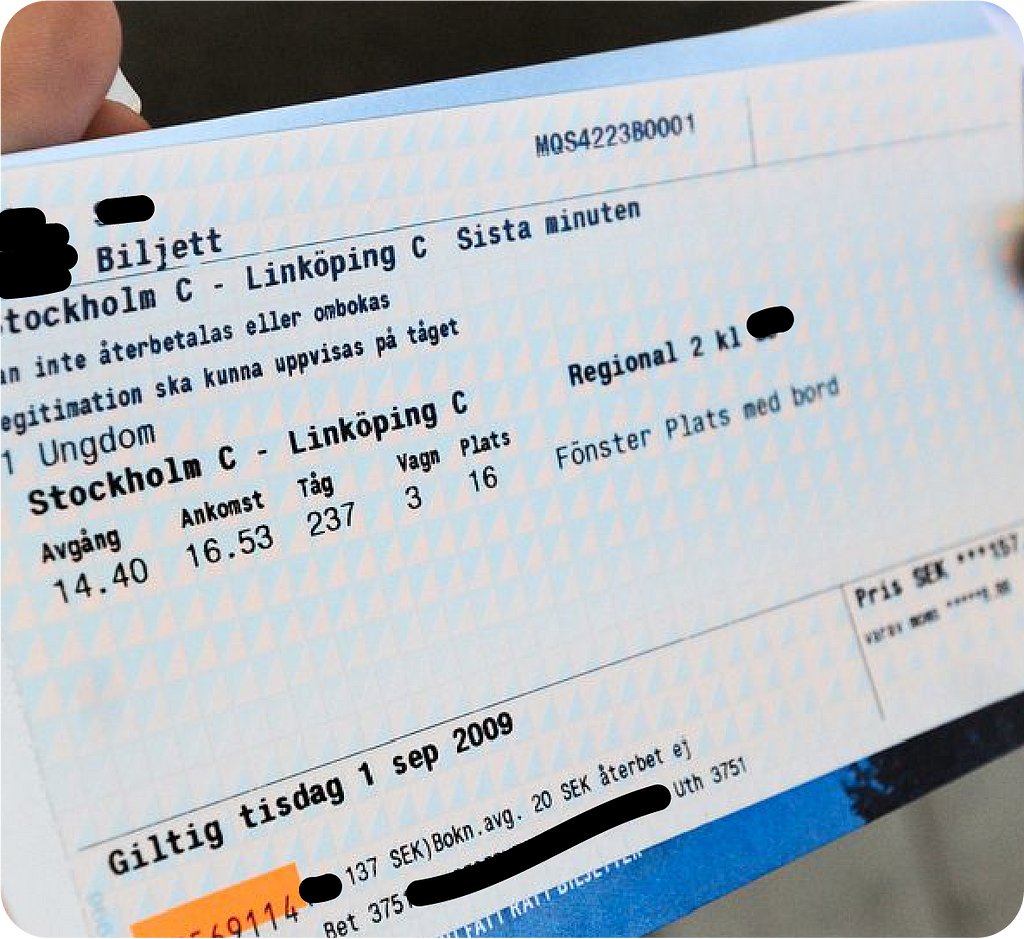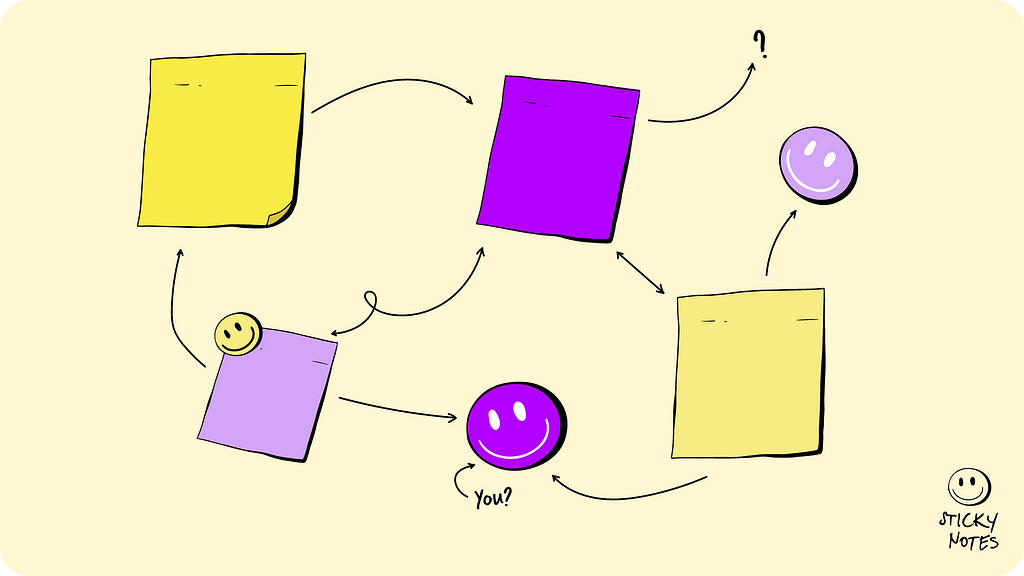The importance of understanding and designing for a connected world

I was on my train commute home and heard the familiar “tickets please”. Opposite me sat an elderly lady, with a printed paper in her hand, readily awaiting the train conductor to check it.
When the train conductor glanced at the lady’s paper, she only said, “this is only the booking confirmation, you should have gotten another mail with the ticket”. Scrambling, the elderly lady took out her smartphone, saying she had not received another mail. I could see she was getting anxious. She could not find the second mail and the ticket was lost.
How could it be that she had the receipt, the booking confirmation — but not the most important token that allows her to travel on this train?
Well, this exact situation happened to me, with the same service. I remember the booking experience was great. Straightforward, easy — even beautiful! However, when it came to using the ticket, the service failed me too.
The main problems that I can pinpoint looking back:
- You get your booking confirmation and your receipt. The receipt looks very similar to paper train tickets.
- You get two mails in succession: first the booking confirmation and receipt, second the ticket. The ticket can get flagged and hide away in your spam folder. Or you delete it yourself if you are not looking carefully.
- The information that you will get your ticket in 15 minutes to your mail is written in body size, in green.


During my many commutes, I have seen this scenario play out over and over again. It shows that while great UX and UI are a very important part of an experience, there is a need to look at the service as a whole. The service in its actual context, to uncover pitfalls, see opportunities and find the root problem. No matter how great the interaction with the product was at that moment of interaction, an overlooked consequence can leave a sour taste for the whole experience. This is not about bashing this particular service. It is just a reflection on our more and more connected world and how UX design is evolving, which it has been since day one.
The evolutions of UX Design

We have already come a long way; over time, user centered design (UCD) has now become human centered design. The first computers were only used by specialists, but that all changed, the personal computer market exploded. Suddenly everyone was using computers and the need for supporting users in their tasks came up.
In 1989, it was clear that it is also a must-have to understand users as people — their context and states of minds. That is when human-centred design with its principles: Solve the right problem, everything is connected and Small and simple interventions came into the (big) picture. It already introduced an aspect of system thinking, especially prevalent in Service design.
And we as designers are already trying to see the bigger picture, from “Frame your challenge” to “Service Blueprints”, but we can do even better — with a mindset shift. Digital products just continue to be more and more a part of our personal and work lives. A consequence of that being that services can overlap frequently in the digital space. Payment processes, sharing, email verifications…
Looking at our ticket situation. The user's task is to buy the ticket, so the company designed a product that is great at that. What is missing is the principle of “Everything is a system” and the understanding of actual usage of the ENTIRE service, not just the screen interaction.
But how much of this is a designer's responsibility?

Don’t you worry! I am not saying you should do everything from service design to detailed visual design, and if you do not, everything will implode. It is more about this mindset shift and getting out of our screens to understand the big picture. It is very important to understand interfering systems, as well as their pitfalls that could reflect badly on your service — as a whole.
Here are some things that I started to include in my work to get a better understanding on a bigger level and design better holistic services:
- Service Blueprint — A diagram that visualizes the relationships between different service components: people, props (physical or digital evidence), and processes.
- Covert observation — Observing behavior when users are in their actual environment and context without interrupting
- 5 Why's — This simple and powerful method is useful for getting to the core of a problem or challenge — asking 5 times Why
- 6 Fundamental Concepts of Systems Thinking — Tools needed to develop and advance a systems mindset
How could train service X have seen the flaw in their service? Possibly, a covert observation of the entire service (a user booking and using the ticket on a train) could have shown this pain point in the experience. And I think they will understand this soon, it is quite a new service, and we all know nothing is perfect from the start. :)
Conclusion
For the health and scalability of a product, thinking broadly and with the bigger picture view in mind is an absolute necessity. Even if we are just a small designer trying to see the big picture.
I think in the not far future a designer responsibility will shift more towards an abstract level, more roles will bridge between service design and UX/UI. More job ads for “Product Designers” pop up now, where the ask is often to see problems and opportunities and have a holistic view on a service and product. That is not to say that UI designers will cease to exist, it is just this ever-changing field evolving.
Hold on, what about our sweet lady on the train?
In the end I was able to help her, unluckily she had Yahoo Mail that — for some reason — doesn’t show the spam folder on their app (please, explain yourself, Yahoo) and we really could not find the ticket. But through the train services app, we could get the ticket with her mail and booking number (great affordance!).
Thank you for sticking around. ツ
Lydia Jenewein, alias Sticky Notes, is a Digital Product Designer writing articles, stories and notes about design. Follow for more honest & personal stories.
References:
https://www.interaction-design.org/literature/topics/user-centered-design
https://uxplanet.org/a-case-for-systemic-design-5a9465b870fa
https://www.systemicdesigntoolkit.org/
https://www.interaction-design.org/literature/topics/systems-thinking
https://www.interaction-design.org/literature/topics/human-centered-design
https://www.interaction-design.org/literature/topics/user-centered-design
The big picture and the small designer was originally published in UX Collective on Medium, where people are continuing the conversation by highlighting and responding to this story.